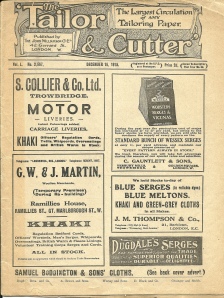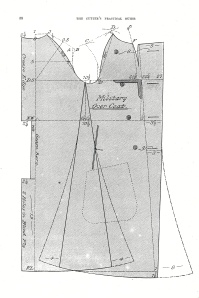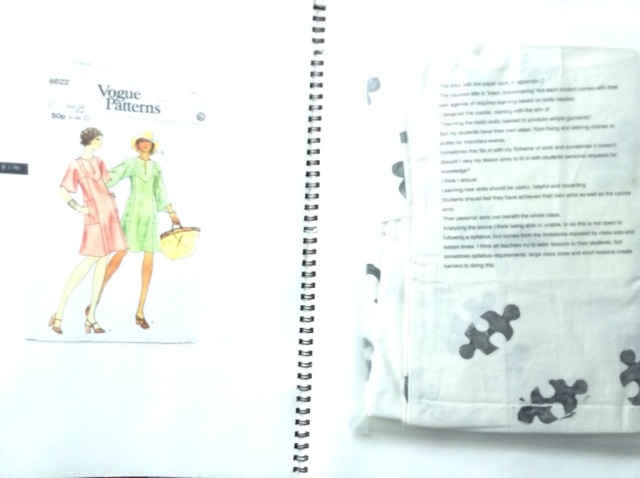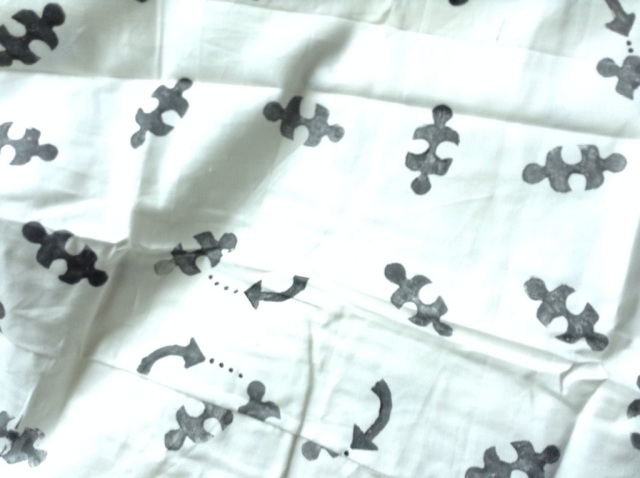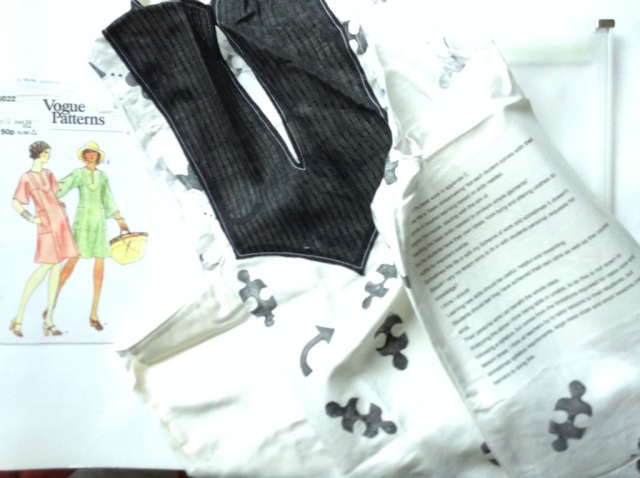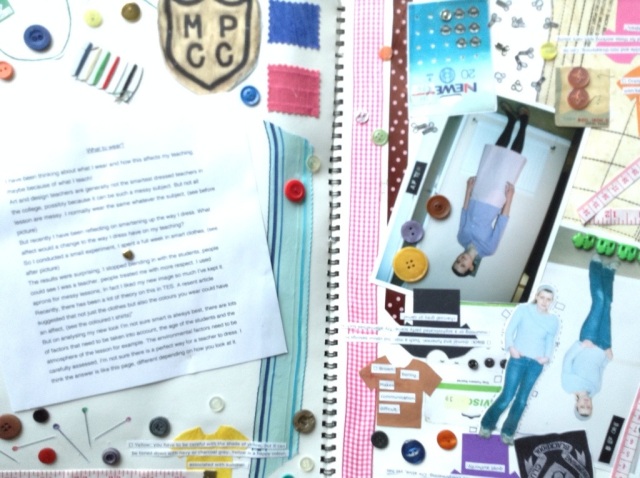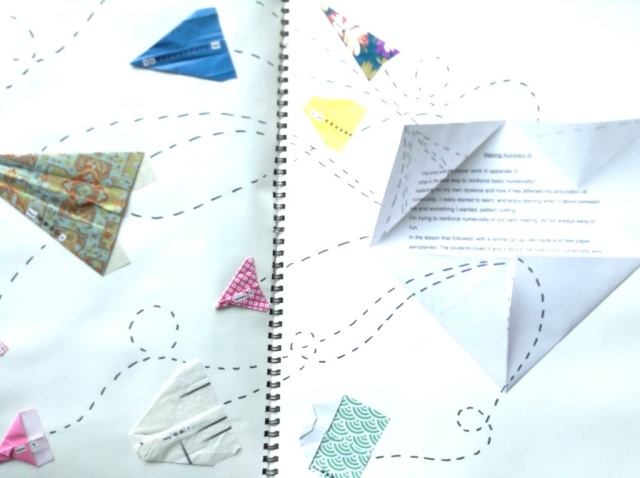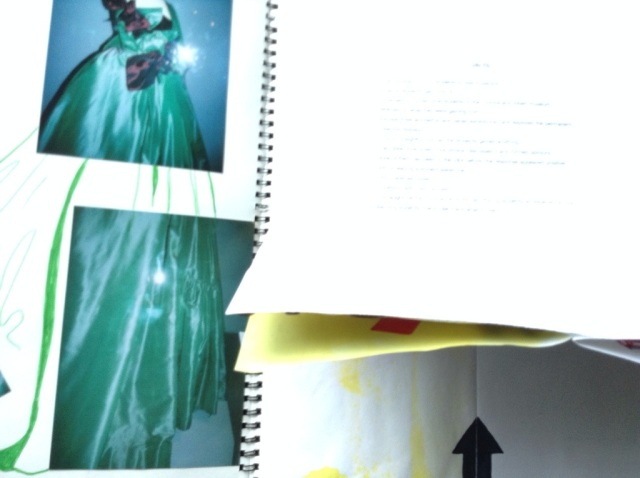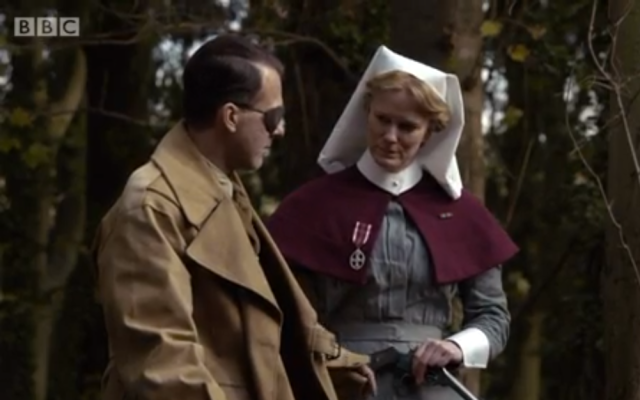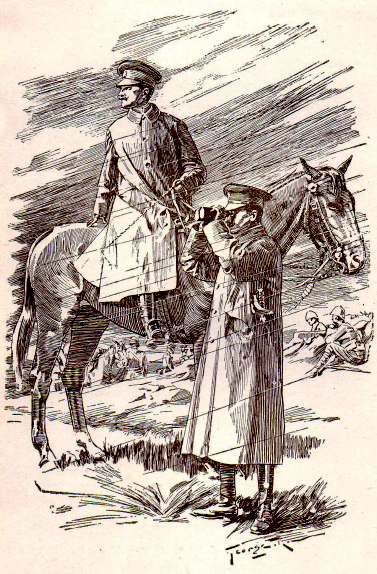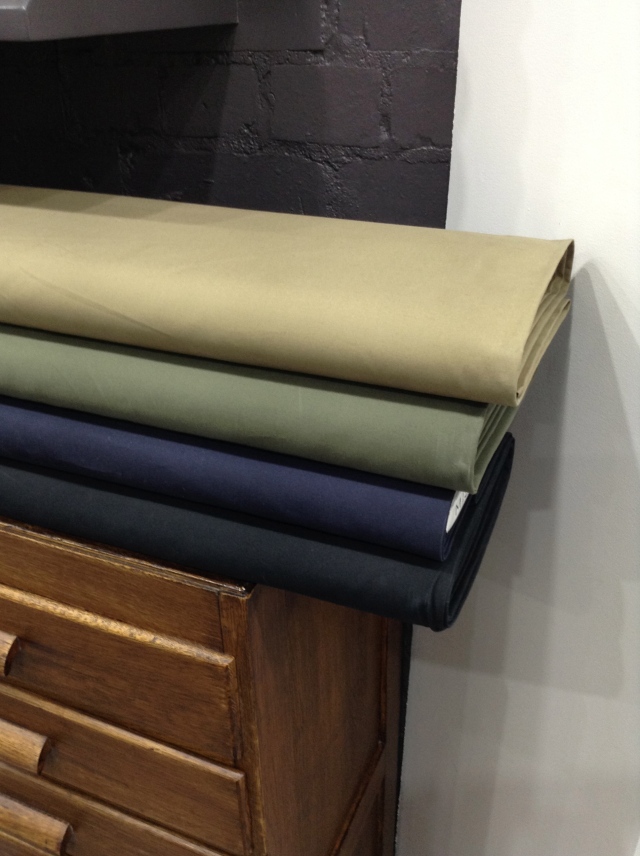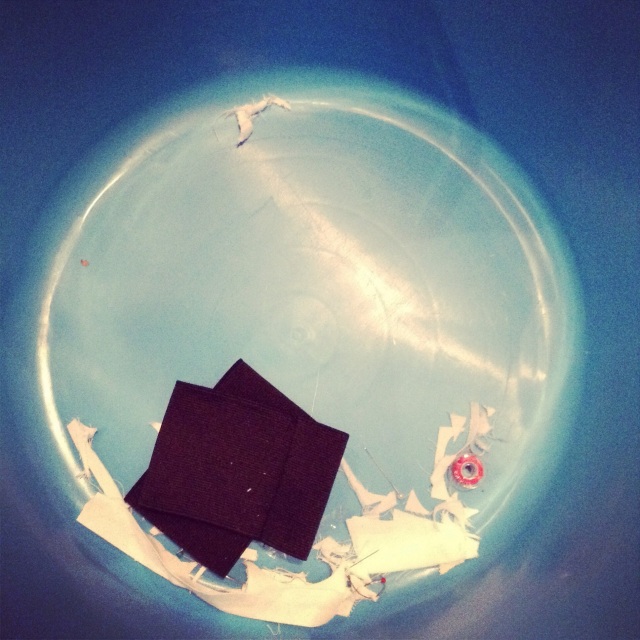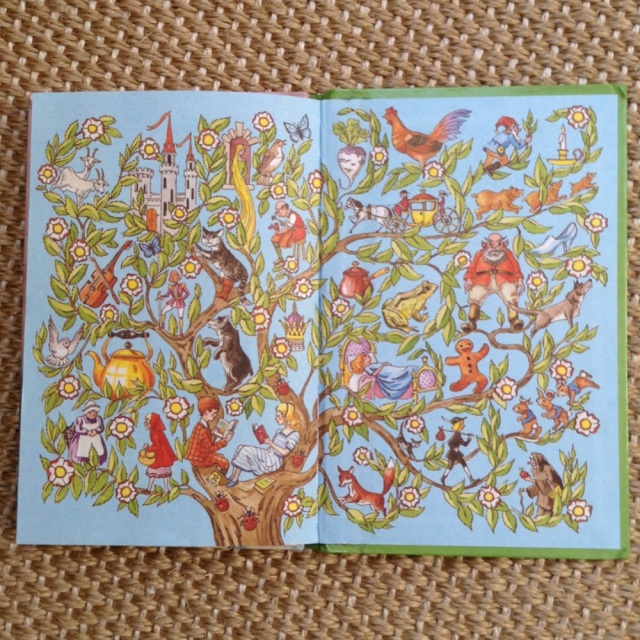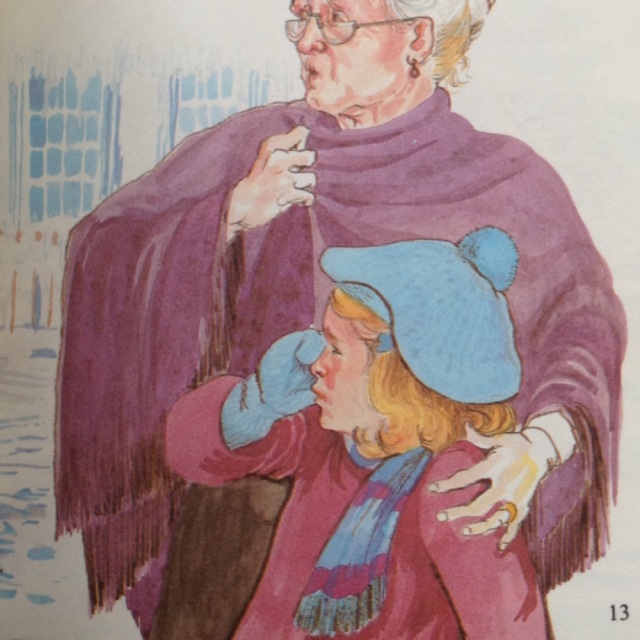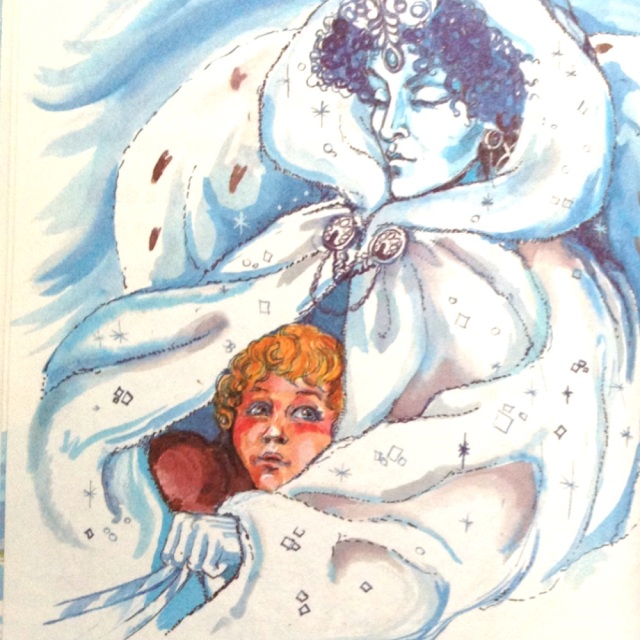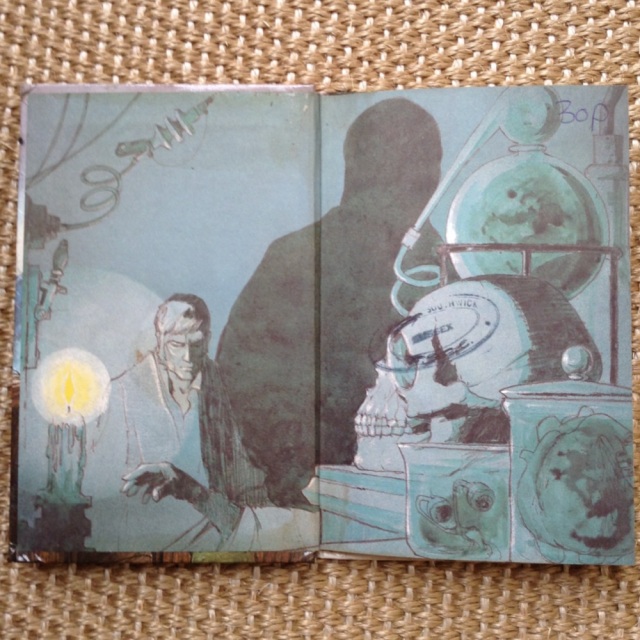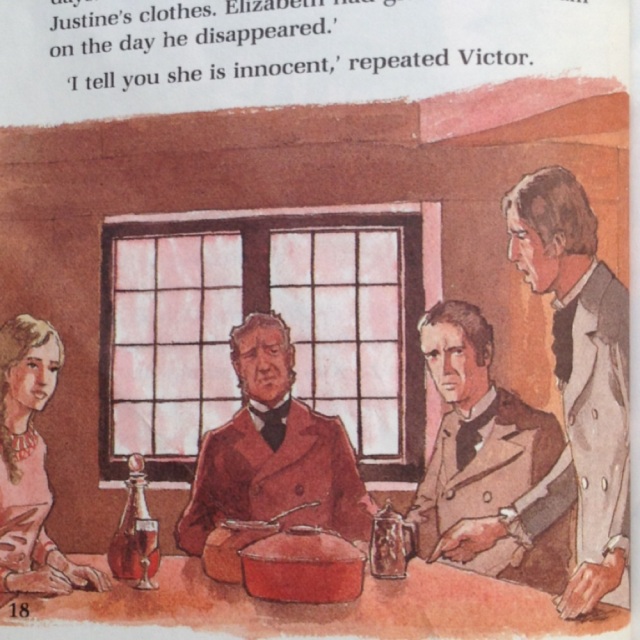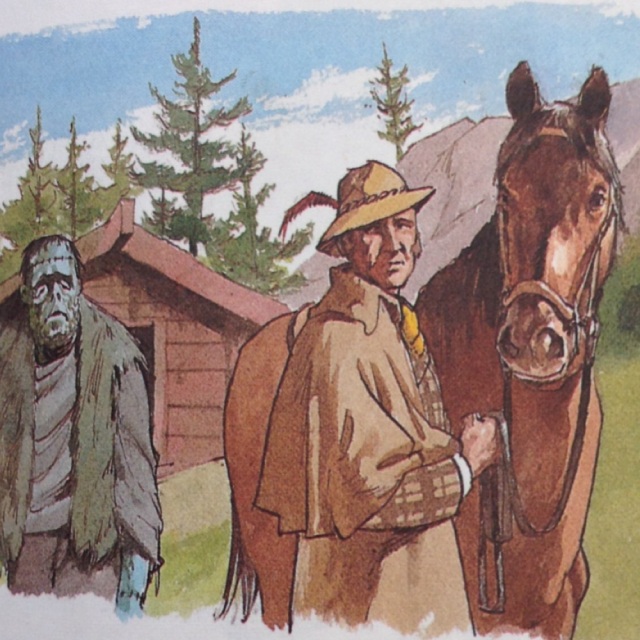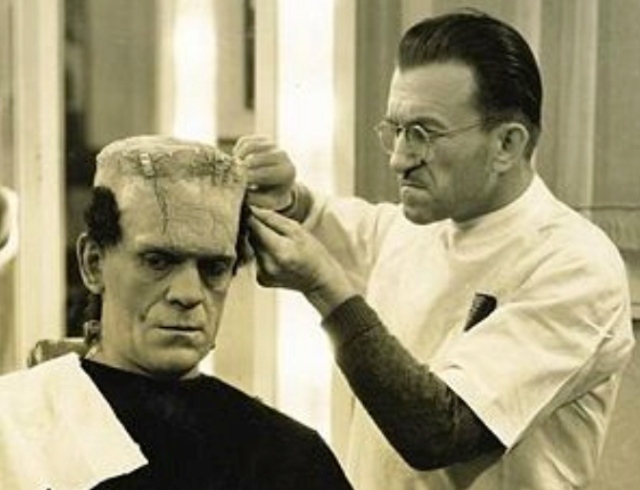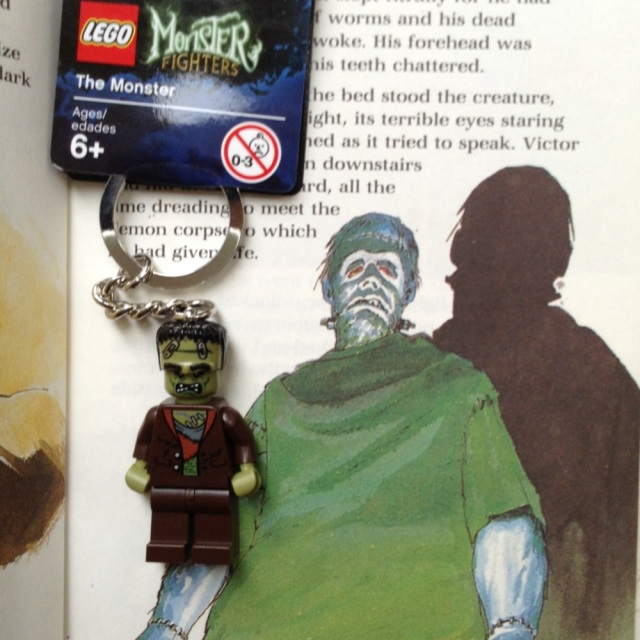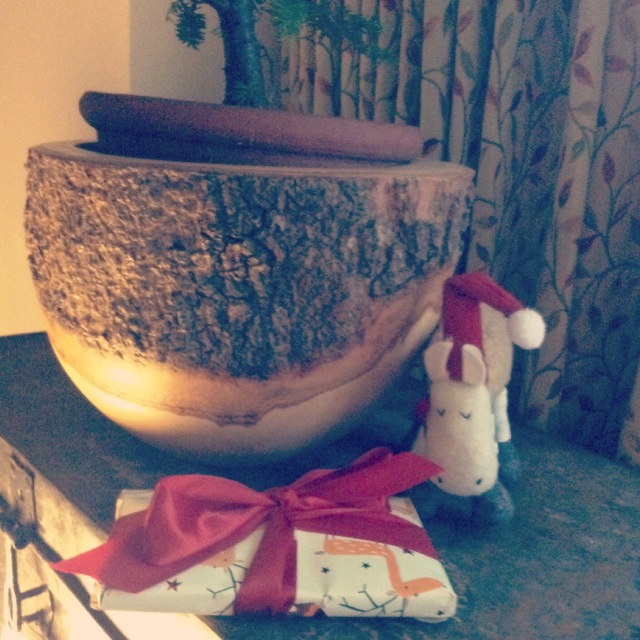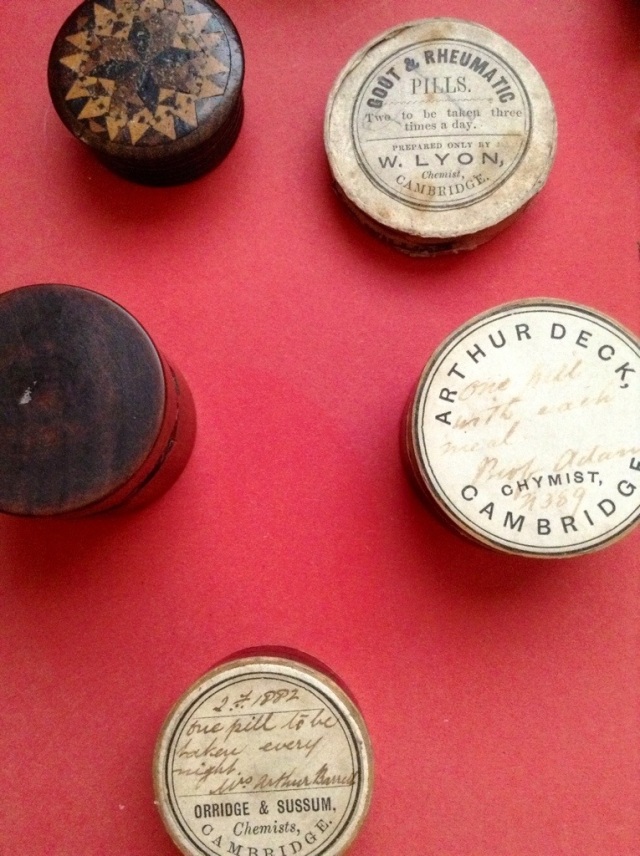I am not afraid. I was born to do this
– Joan of Arc
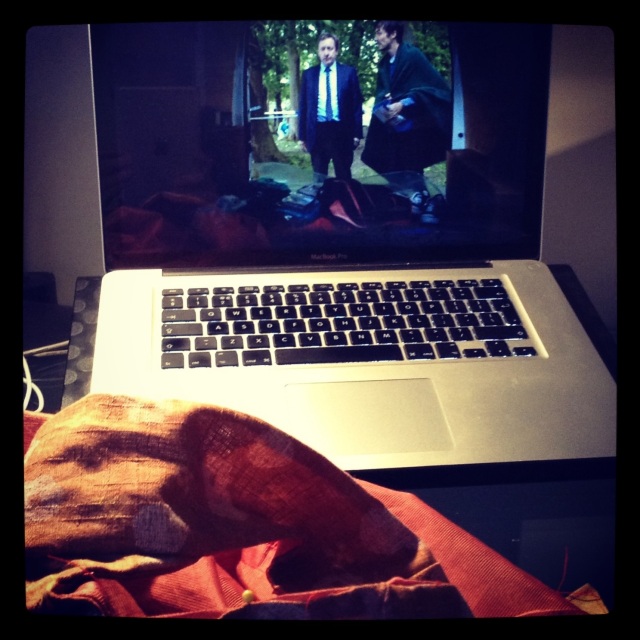
I have been struggling a bit this week to come up with a good topic for a post. But having taken two months off to move house (and studio) at the end of last year I am only just getting back into the swing of things and my current daily grind of completing quotes, calls, funding apps, audits, filing and clearing out my bottomless basket of unfinished sewing projects isn’t the most interesting fodder.
But I was reminded by a visit from my landlord, whom is quite star struck at the excitement of renting to a costume designer (apparently you don’t meet one of those everyday) that I had not replied to the last person who asked me advice on how to get into costume. It occurred to me when first asked that it would make quite a good blog topic, so I planned one and didn’t write it, so I’m sorry Lucie, this is for you.
When I tell people what I do the normal reply is “wow” followed but a short vision of glitter appearing before their eyes, this normally indicates that they think this is both exciting and glamorous, sometimes it’s just glitter, but that is rare and really quite weird, unless it’s panto season, then its standard. But as my landlord discovered the reality of the day to day life of a costume designer is much less interesting.
Currently the reality is: (picture the scene reader) a woman in novelty slippers, surrounded by pins and covered in threads, stitching, while Midsummer Murders episodes loop in the background.
I started out in fashion, but soon discovered I’m not as good at coming up with new stuff as I am at copying old stuff. And by “copying” I mean pulling research together to make something new, naturally, but also making something which fits into a pre designed space, story, stage, props, character, actors etc.
I fell into costume design through my work volunteering at a museum, much of my work still involves museums. I love working with museums, in my experience they are always excited to see what you are doing and hear your ideas.
The truth of it is, that of the many people I have trained with and later those I taught myself, very few now work in costume, many have decided, or been forced to go with another option. I too have had a few “proper jobs” along the way to help ends meet.
In reality I call myself a costume designer for simplicity, despite the fact that is not all I do, but people get bored if you say you’re a costume designer, come teacher, come museum consultant, come project officer, come artist and so on. But even if I didn’t enjoy it I think I would have to do so many things to keep working and I enjoy varying what I do. Often it boils down to not being able to afford to employ a project manager and thus having to do it yourself.
You may imagine that perhaps the realty of say, working on a film set is much more glamorous then heaming dresses in the studio. Well yes I can be exciting, but mostly it is very cold, or hot, with lots of waiting and then moments of pure madness and the days are very very long. Way after everyone else has gone home you will still be sorting, washing and prepping for the next day.
If you imagined that costume design would involve attending the Oscars to collect your award, you would be right, but only if you are willing to do what it takes to become that 1%.
How to get there is no big secret, you must forgot all things other than costume, you must live and breathe it, you must have no time for true love, or any love, family, children, even living in one place is near impossible. Oh and you must also be lucky and confident enough to go for the breaks in the split second that they happen.
One of the reasons I am able to work as I do is because I am a reasonable bid writer, you would be amazed by the skills you find useful in costume, and many of these come from those “proper jobs” you are forced to take along the way.
Not that I want to put you off a career in costume, if it is your dream, follow it, but believe me you when I say will have to fight for it every step of the way.
And with regard to “tips”
1, The more skills you have the more you can do, always keep learning new things and improving your current skills set.
2, Attend as many costume events as you can, make yourself known, make friends and find out all that you can. Much work can come from talking to the right person in say, the yoga class you just both happen to take…
3, Collaborate, sometimes having people to call on is the only way to get the job or get the job done.
4, Learn to live on next to nothing, then when times are hard you are less likely to have to give up your dream and get a proper job.
5, Volunteer, sad but true, unpaid work is the best way of making contacts and getting on the inside. I funded my year of voluntary work by working six days a week teaching and volunteering one day a week in a museum. But always go into it with what you want to get out of it clear in your mind and be ready to change directions if its not working for you as well as for them.
6, When you see an opportunity, never hesitate, you are rarely the only one who can sees.
7, If you don’t have the financial backing to just have a go, remember having to work hard for what you want makes your stronger, and hungrier. Never let anyone tell you that you can’t, think of each “can’t” as more fuel in your engine.
Good Luck!
















